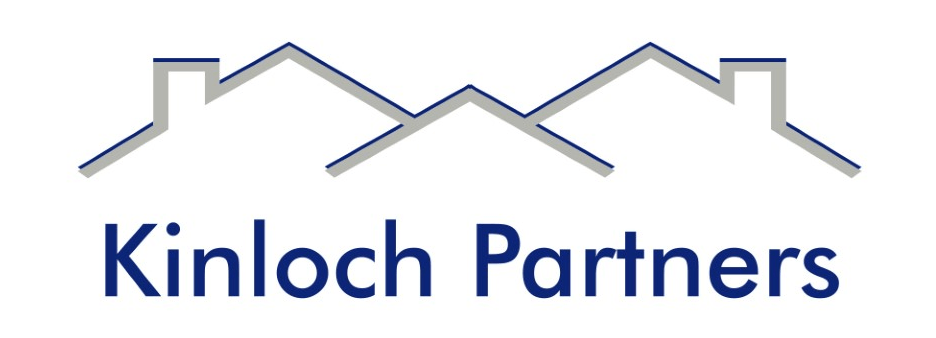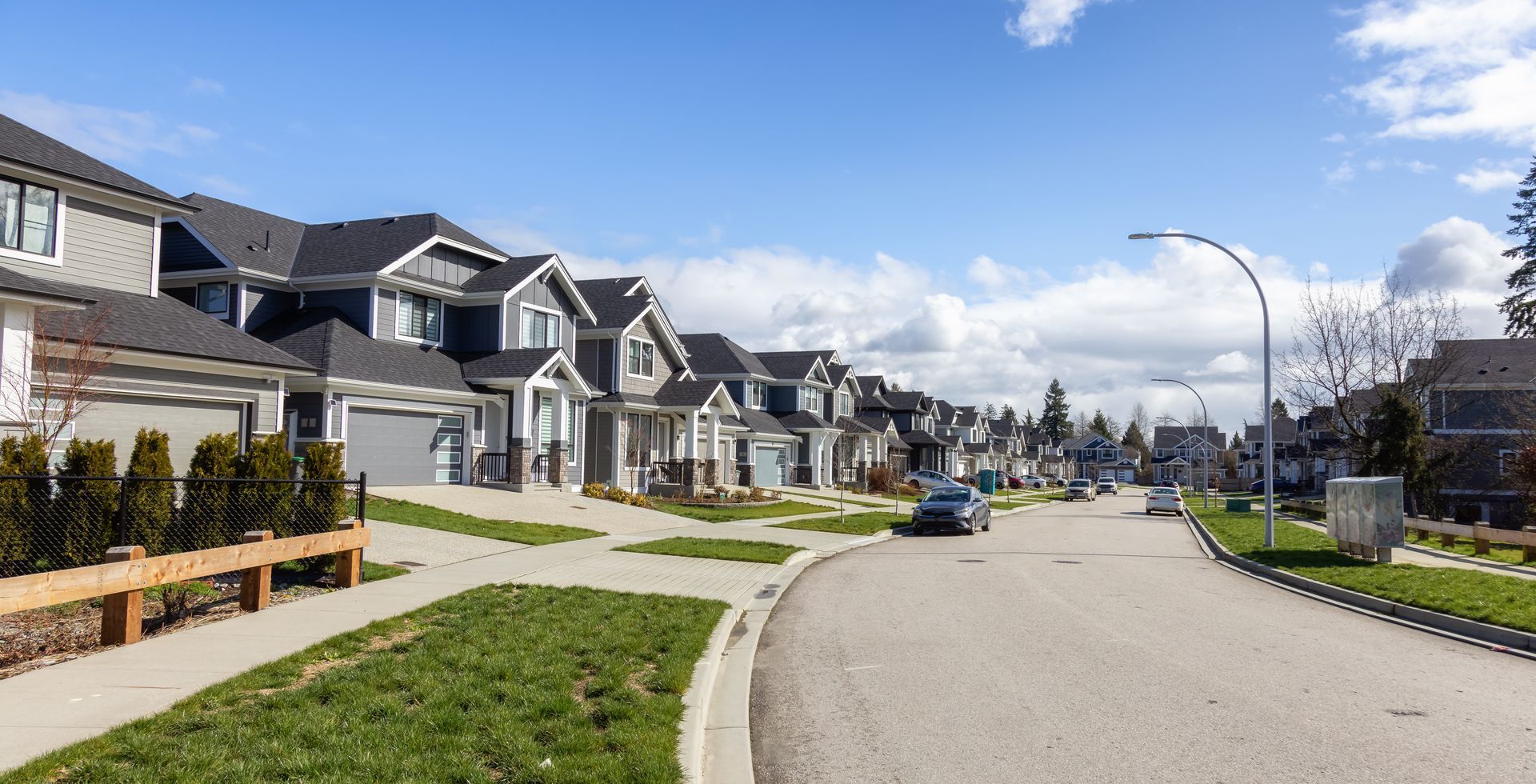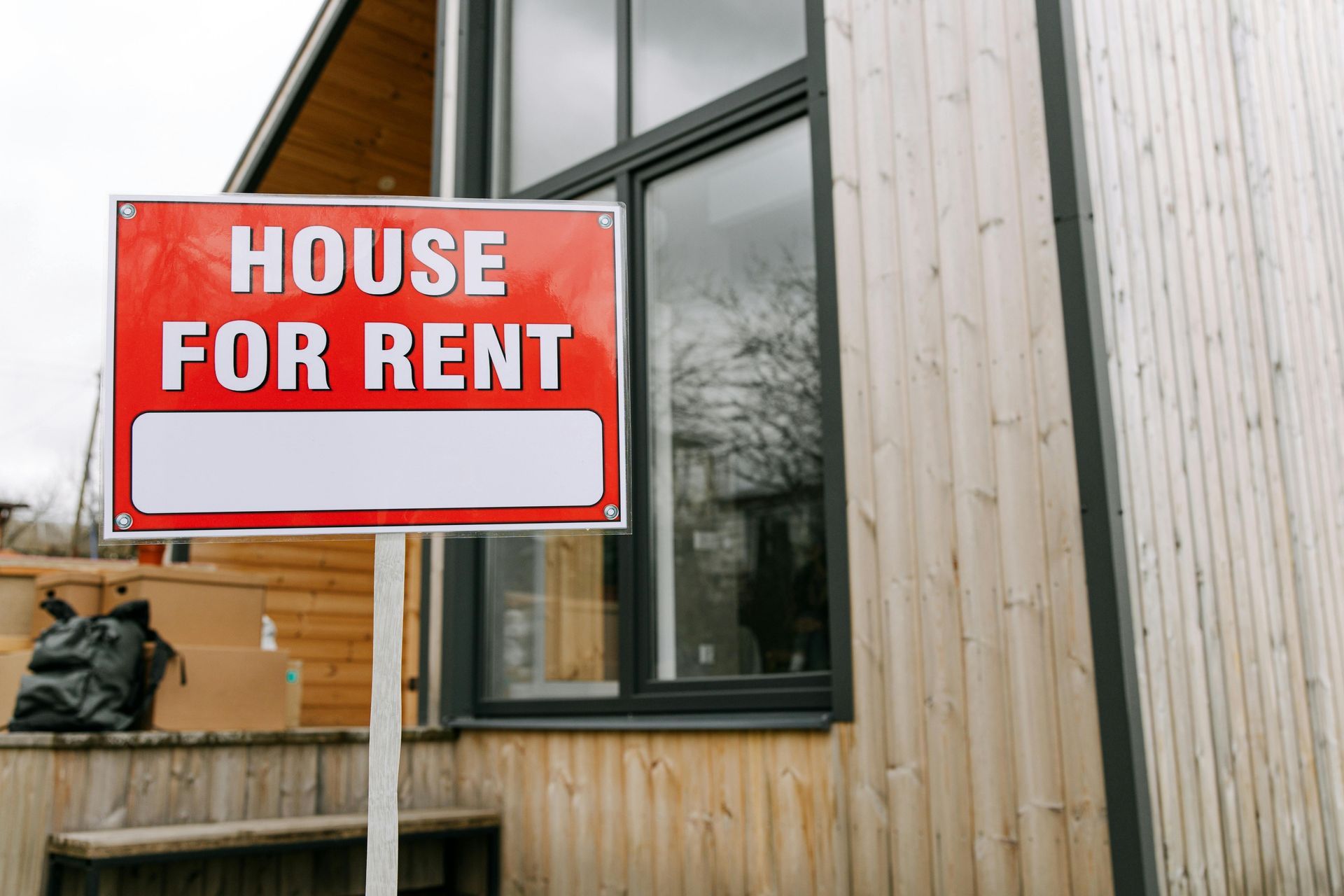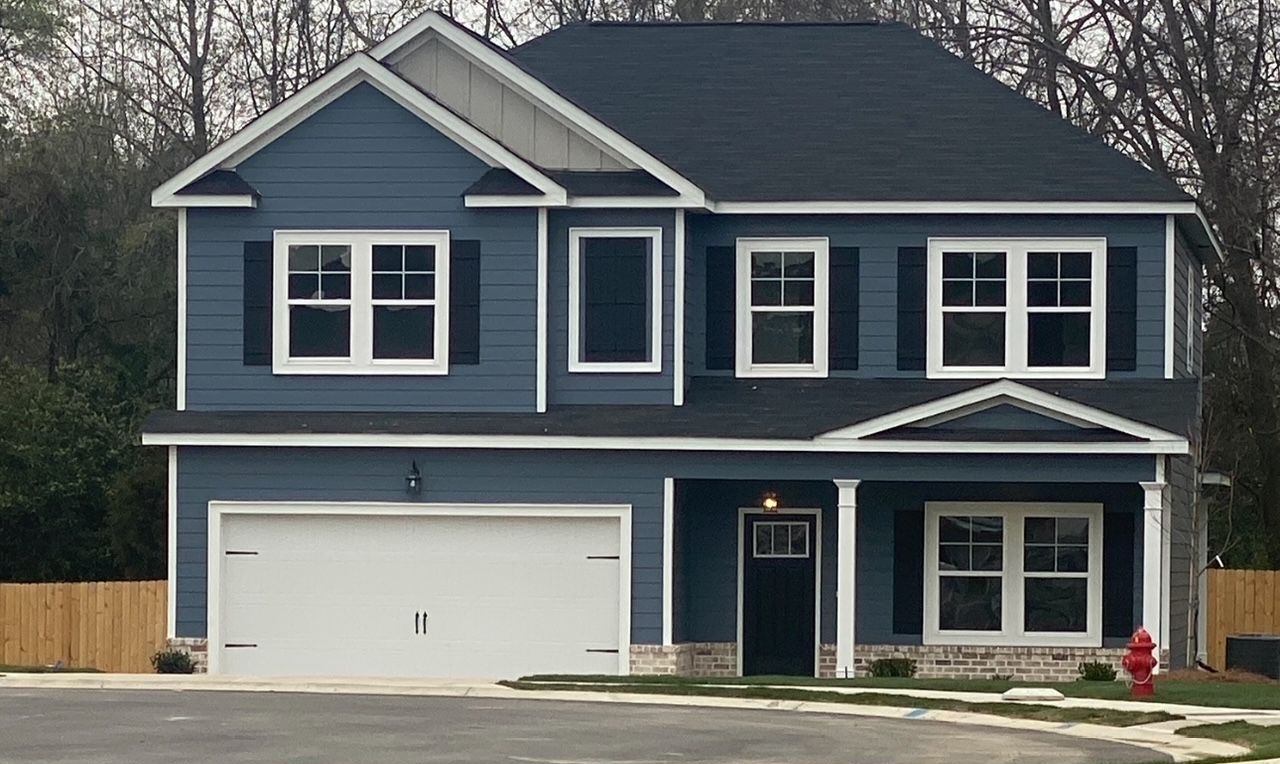Clayton County has become the renter’s haven of metro Atlanta.
Original Story http://www.myajc.com/news/news/local-govt-politics/three-sides-to-claytons-rental-story/nq85P/
Clayton County has become the renter’s haven of metro Atlanta. At 31 percent, the county has the highest metro percentage of single-family homes that are rental properties. That’s directly related to the Great Recession, when corporate investor started purchasing foreclosures. Here’s a look at the issue through the eyes of an investor, a renter and a homeowners association.
One investor’s story
Bruce McNeilage is acutely aware that Clayton’s troubles have been his gain.
He has been able to scoop up practically new, four-bedroom homes for $38,000. He also has seen up close the human cost of the housing collapse: Photo albums, children’s clothes and toys left behind in abandoned homes.
 “I’d wonder: Where are they? What economic circumstances brought them to the foreclosure?” said McNeilage, co-founder and managing partner of Kinloch Partners in Kennesaw. “We’re the benefactor of their tragedy.”
“I’d wonder: Where are they? What economic circumstances brought them to the foreclosure?” said McNeilage, co-founder and managing partner of Kinloch Partners in Kennesaw. “We’re the benefactor of their tragedy.”
But, as McNeilage sees it, he’s also helping the community by buying homes there. Most investors steered clear of Clayton after the school system lost its accreditation housing values dropped, but McNeilage — who’s been rehabbing and renting out houses for 12 years, forged ahead.
His firm currently has about 60 homes in north Clayton and southwest Fulton counties. The houses are filled with nurses, flight attendants and teachers willing to pay $1,200 a month for a four-bedroom home. The majority are in their 30s and 40s, black and single mothers with children.
For those who balk at McNeilage’s bounty, he has this to say:
“If you look at a neighborhood and there are 40 or 50 foreclosed homes, that’s not benefiting the neighborhood. HOAs don’t get paid. The lawns don’t get cut. The value doesn’t go up. By buying the homes, we’re revitalizing neighborhoods and communities and putting families back into these homes.”
A home with a fireplace: One renter’s story
After years of apartment living, Anika Burns and her husband, Ricky Patterson, wanted to give their daughters, 8-year-old Dominica and 12-year-old Anihya, a taste of neighborhood living. The family moved from McDonough earlier this month into a three-bedroom, two-bath ranch with a fireplace in a small subdivision across the street from Lovejoy High School, her alma mater.
“We wanted to rent a home to give our girls more room,” Burns said a day after moving in. Although Burns, a transit bus driver in Henry County, has never owned a home, the one she is renting is providing a stepping stone to that goal.
“We wanted to rent a home with the option to buy in about two years, and we chose to rent a home to get out of the apartment environment,” Burns said.
The Dirty Hands Committee: One homeowner association’s story
As HOA president, Derek Young takes a weekly ride through The Villages at Lake Ridge, a 700-home community in Riverdale.
He looks for any code violations and covenant infractions and checks to make sure lawns and homes are tidy.
If there’s overgrown grass or debris, he summons what he calls “The Dirty Hands Committee” a group of volunteers from the community. The crew goes in cuts the grass, picks up trash and occasionally it’s been called upon to do some touch-up painting.
“Apathy spreads. You have to keep all of that in check” said the 52-year-old logistics manager who has teamed with other HOAs to form the Clayco HOA United for Change to address economic issues in the county.
The committee grew out of the Villages’ need to keep up appearances.He remembers how the housing crash littered many subdivisions in Clayton with empty and neglected homes. He was determined not to let it happen at The Villages, even as the community has seen its share of turnover and influx of renters.
The Villages’ covenant holds renters to 22 percent of the homes but Young suspects it’s higher because a lot of the renting is done “behind the scenes.” Like any community, Young said The Villages has had its share of errant homeowners and renters.
But mostly, he said, residents take care of the properties.
“We see renters mowing their lawns, picking up trash,” Young said. “They’re more in tuned with the environs of the community.”











